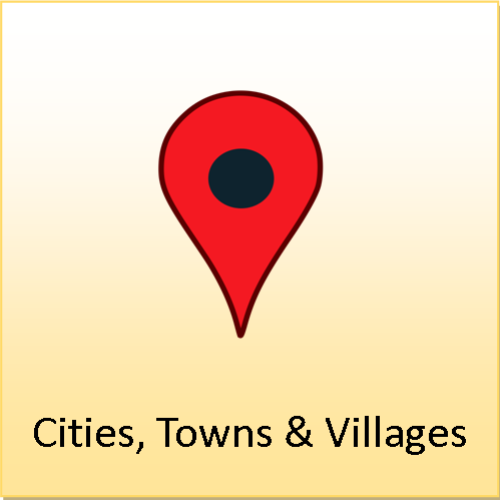About Greater Manchester
Country: England
Region: North West England
Established: 1st April 1974
Largest town: Manchester (510,746 pop.)
Area: 1,276 km2 (493 sq mi)
Population: 2,812,569
Admin HQ: Manchester
Greater Manchester is a county in North West England. It borders Lancashire to the north, Derbyshire and West Yorkshire to the east, Cheshire to the south, and Merseyside to the west. Its largest settlement is the city of Manchester. The county is highly urbanised.
Although Greater Manchester was not created until 1974, the history of its settlements go back centuries. There is evidence of Iron Age habitation, particularly at Mellor, and a known Celtic Britons settlement named Chochion, believed to have been an area of Wigan settled by the Brigantes. Stretford was also part of the land believed to have been occupied by the Celtic Brigantes tribe, and lay on their border with the Cornovii on the southern side of the River Mersey. The remains of 1st-century forts at Castlefield in Manchester, and Castleshaw Roman fort in Saddleworth, are evidence of Roman occupation.
Greater Manchester was a largely rural area until the Industrial Revolution around the late 18th to early 19th century when the area was transformed due to a huge increase in production of cotton, textiles and coal from the Lancashire coalfield.
Due to the increased demand for production there was an increased demand to expand the local infrastructure. The area rapidly grew. From rows of terraced housing to factories, roads, transport and additional resources people needed to live and work in the area, This made Manchester the heart of the Industrial Revolution. Manchester became the first industrialised city in the world.
Along with manufacturing, the area was also an engineering and scientific centre, with achievements such as the first inter-city railway and Ernest Rutherford's pioneering work on nuclear fission.
Since deindustrialisation in the mid-20th century the county is continuing to look towards future needs by moving away from traditional production processes and focusing on the use of digital technology like TV, radio, advertising, games design, computer programming, cyber security, artificial intelligence, automation, robotics, medical research, logistics, finance and green industries.. Other futures skills will include sustainability and moving towards low carbon technologies.
It is not all work in Greater Manchester as there are also around 21 national parks in the area. There are also museums, theatre and many music and dance to explore. Greater Manchester is also renowned for its football teams.

